It’s 2016, and the whole non-GMO/organic food craze is still here. Food corporations are constantly trying to make their food very cheap and more shelf stable, which unfortunately adds unhealthy preservatives and unwanted ingredients. Why go through all of this nonsense when seed packets are extremely cheap at your local farming store? Here are eight foods that are easy to grow – just plant a few seeds, water every couple days, and with a little luck, you’re a sustainable farmer.
1. Chard
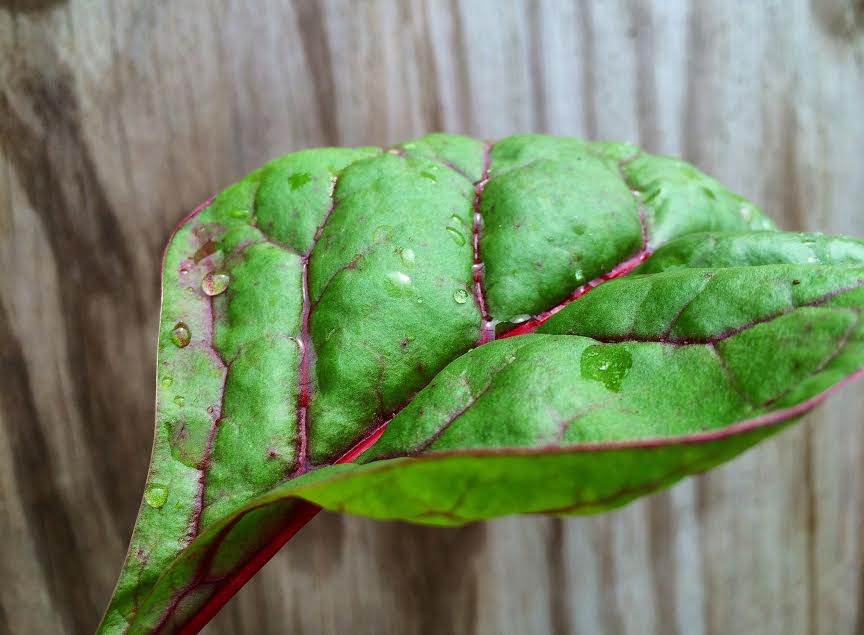
Photo by Olivia Chadwick
Swiss chard is fairly simple to grow, and is a great substitute for spinach in most recipes. Plant seeds 2 to 6 inches apart, with holes up to 1 inch deep. Chard loves full sun, but partly shady is also advised. There’s only 55-65 days until harvest at its most mature, but baby chard is just as delicious and vitamin packed.
2. Sunflower shoots
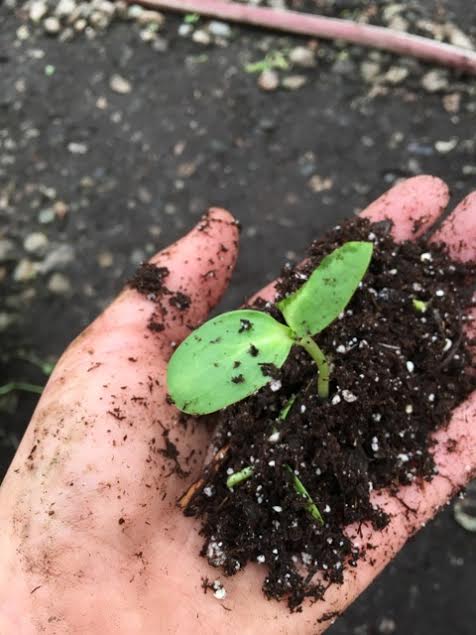
Photo by Olivia Chadwick
Sunflowers are beautiful plants and make perfect decorations, but have you ever seen them as a baby? These delicious baby greens are perfect on a summer salad or in a healthy smoothie. Soak desired seeds in water the night before sowing, then plant in rows in a “flat,” a rectangular box that is used for planting smaller greens. Cover with 1/4 inch soil, water every couple of days, and within two weeks, your sprouts will arrive!
3. Scallions
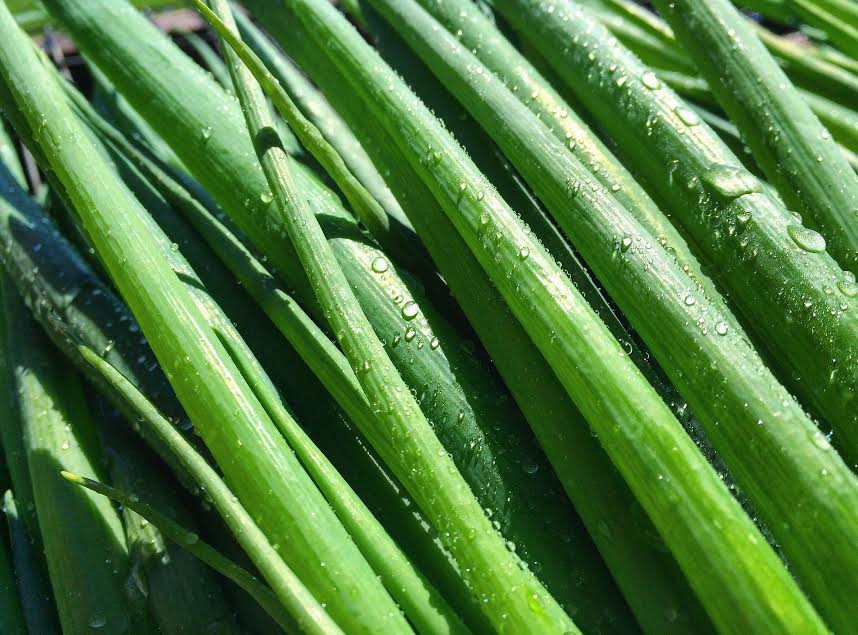
Photo by Olivia Chadwick
Scallions are a delicious substitute for a bigger onion during the summer months, or can be used during winter storage. Make sure the soil is well drained, low in weeds, and has a neutral pH. Plant seeds 1/2 inch apart in full sun. Germination usually takes 5 days, and a mature plant will be ready for harvest after 90-120 days.
#SpoonTip: Once your scallions are grown, use them to top this loaded potato soup.
4. Carrots
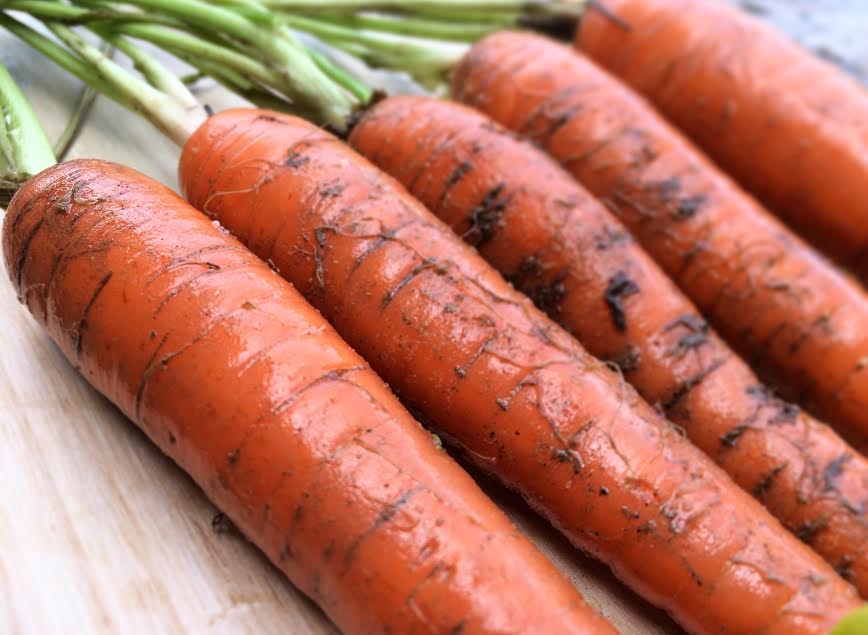
Photo by Olivia Chadwick
Who doesn’t love fresh, organic carrots pulled right from the ground? Plant seeds 1.5 inches apart deep in soil that is stone free and well drained. Once the seedlings get big enough, move up to 4 inches apart. Give them full sun, and harvest 60 to 80 days from germination.
5. Radishes
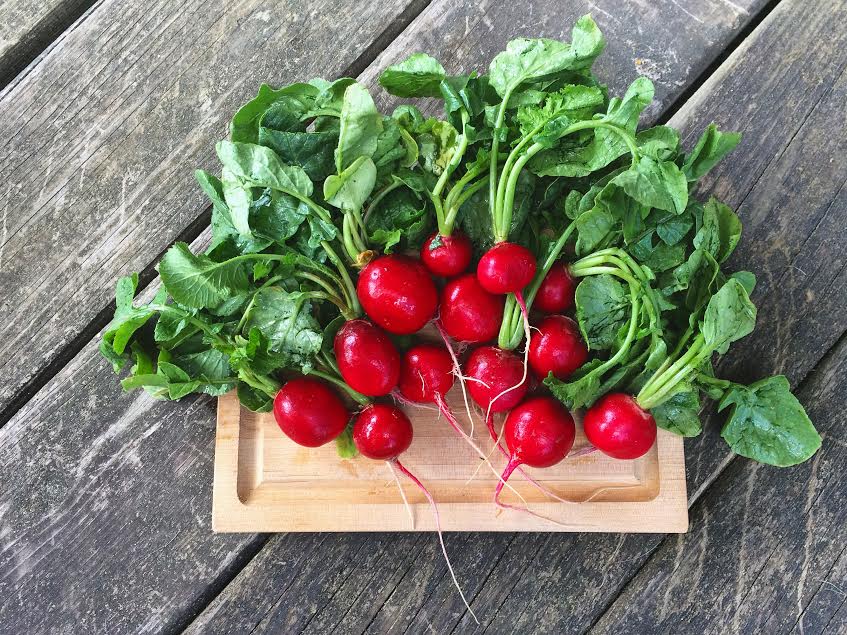
Photo by Olivia Chadwick
Radishes are a delicious and colorful root that go perfect in a crunchy salad. They come in all shapes, colors, and sizes. Plant seeds 1-2 inches apart in full sun, with soil within 5.8-6.8 pH that’s free of stones and is well drained. Germination occurs within 3-4 days, and harvest is in just 3-6 weeks!
6. Nasturtiums (flowers and leaves)
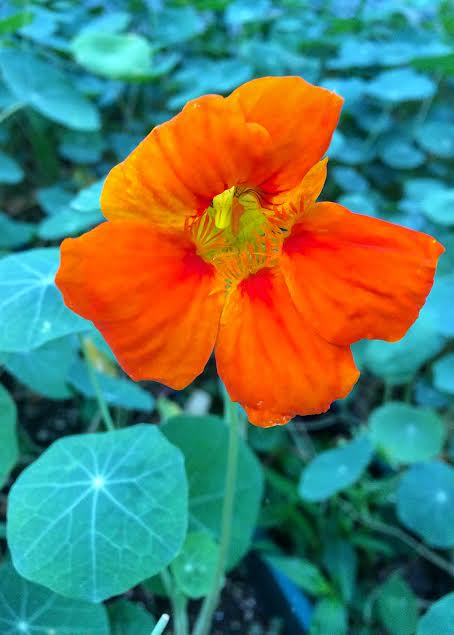
Photo by Olivia Chadwick
Perfect for garnishing, this plant packs a strong, spicy taste both in the leaves and flowers. Fine dining restaurants love to use nasturtiums for plating and presentation. This is also a great plant for children due to the simplicity and ability to grow quickly. Spice up your dish with an edible, spicy decoration. Plant seeds in 1/2 inch deep wet soil, 12 inches apart, in early spring and make sure there’s lots of sun. Within 7-10 days, your plant will emerge. Water regularly.
7. Blueberries
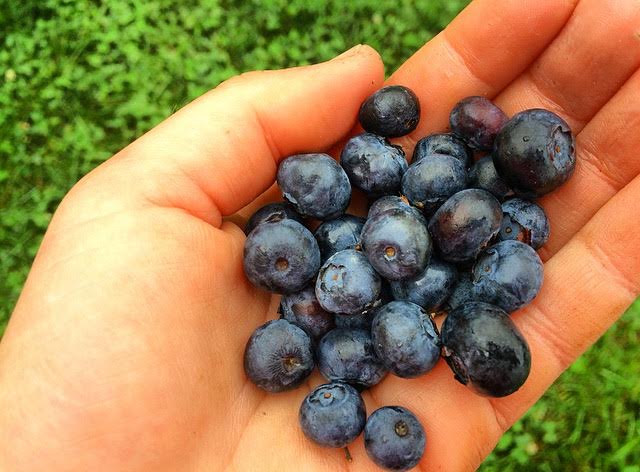
Photo by Olivia Chadwick
Summertime is blueberry time. You only need a few bushes to harvest tons of blueberries to last you all summer. Since bushes take so long to grow, go to your local farmers market and look for a few plants that are two to three years old. Blueberries need very acidic soil, around 4.0-4.5, so a pH testing kit for your soil is strongly advised. Plant in early spring with bushes 4-5 feet apart, and make sure the roots are completely covered in soil.
Mulching after planting is recommended to keep the soil acidic. Water in the plant and conduct a thorough watering at least once a week. Do not use fertilizer for the first year, because it could hurt the roots, but after the first year, go for it! Blueberry fertilizer or ammonium sulfate is common with blueberries. Within 3 years, you will have a decent amount, but once the plant hits 6 years old, it will fully produce up to 8 quarts of blueberries per bush.
8. Blackberries

Photo by Olivia Chadwick
If you can’t get enough of berries, try blackberries! In the country, there are acres of wild blackberries growing in everyone’s backyards. If you want to plant your own, follow these simple guidelines to produce a delicious topping for pies, ice cream, or smoothies. Make sure the soil is fertile and well drained, testing slightly acidic.
Purchase a blackberry shrub at your local farmers market and plant it so that the crown of the shrub is sticking out and roots are all covered. Cover the hole 3/4 full with soil, pour 1-2 gallons of water to exterminate any air pockets, and finish topping with remaining soil. Water again. Fertilize plant with micronutrient filled, balanced fertilizer. Water once or twice a week during the summer.
Given this short list of some simply grown summery foods, I hope you have the ability to try and plant a few of these in your own garden. Sustainability is one of the best ways to prevent unwanted pesticides or additives in the food you eat. And it doesn’t get any fresher than your own backyard.




